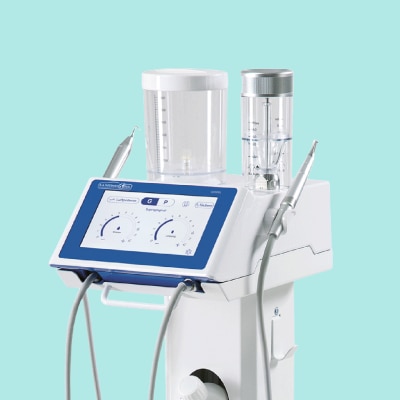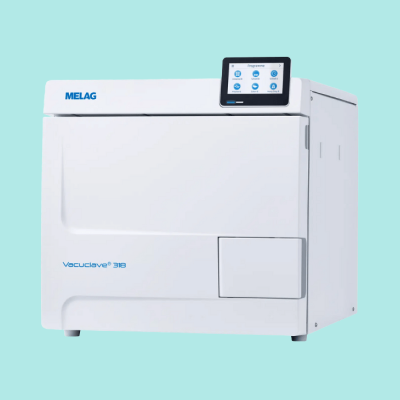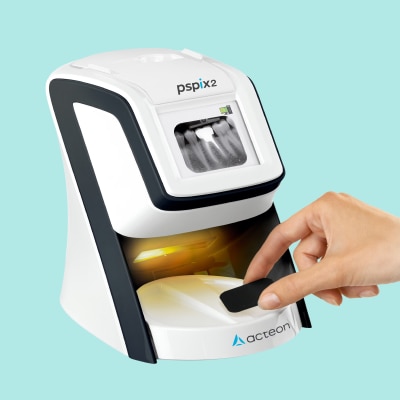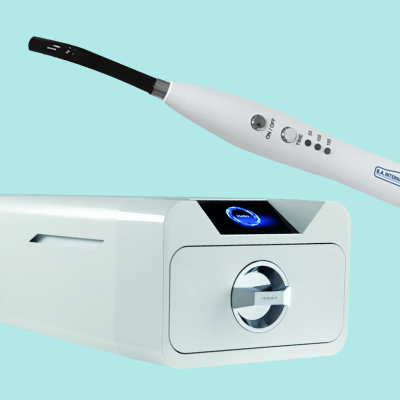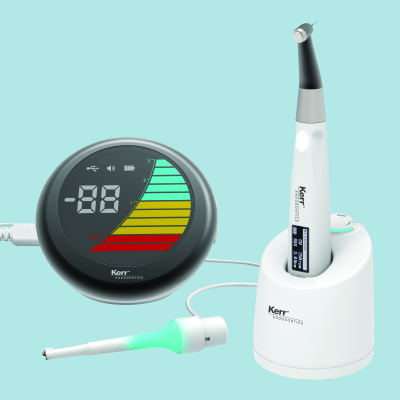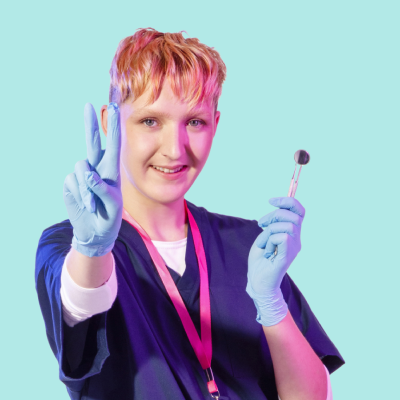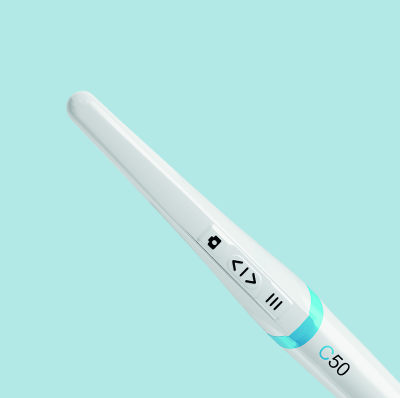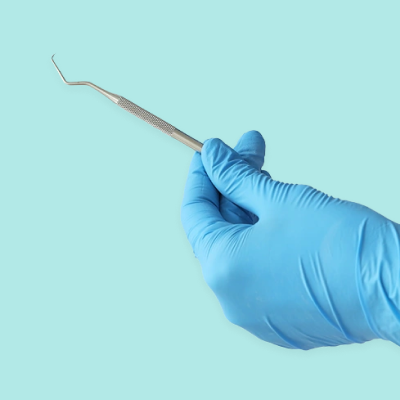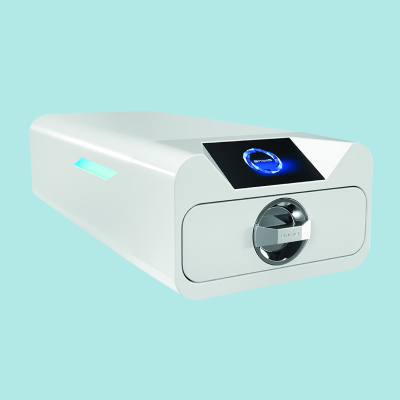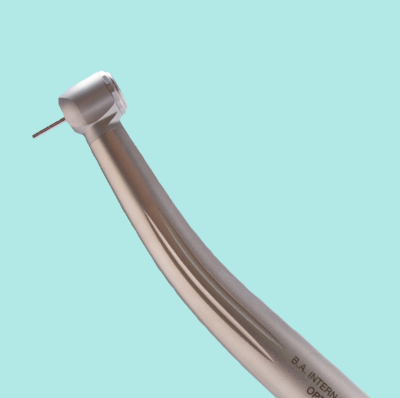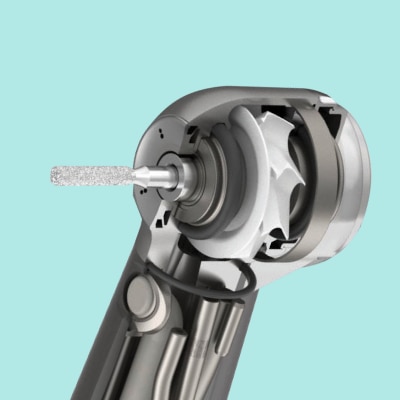What Is A Dental Curing Light?
A dental curing light is a small piece of equipment used by dental care professionals for the polymerisation of light-cured resin composites.
Once a restorative material has been placed within the mouth of the patient, a hand-held curing light is hovered directly over the tooth and triggered to emit light over the material until it is fully hardened or “cured”.
There have been significant improvements in curing lights in recent years. The earliest lights - first used in the 1960s and 1970s - projected light in the ultra-violet range. Halogen lights replaced these in the 1980s, before light emitting diode (LED) curing lights arrived in the 1990s and went on to become the top choice among dentists.
LED curing lights produce a blue light in a specific wavelength that can be easily controlled. They are lightweight and portable with short curing times, reduced heat generation and longer service life compared to halogen lights.
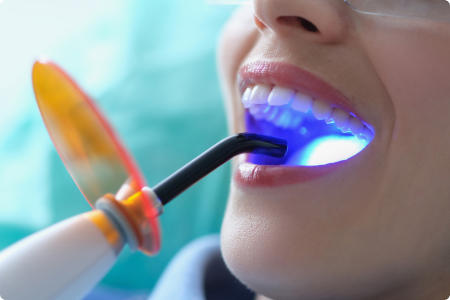
Curing Light Output Power
A key feature of a curing light is the output power, often referred to as irradiance or brightness. Measured in milliwatts per square centimetre (mW/cm2), output power is the amount of light that the curing light is able to produce. LED curing lights are known for generating output powers of greater than 1,000 mW/cm2 and can cure most materials. Some LED curing lights can reach a light intensity of 2,000mW/cm2 which enables the curing of thicker materials and a wider range of shades and opacities.
According to Ivoclar Vivadent, at least 1,000 mW/cm2 is needed to polymerise composite materials in 10 seconds through a dental structure in indirect restoration. However, for direct restorations, only 400 mW/cm2 of output power is required for proper light-curing. Higher brightness means a higher generation of heat. The best dental curing lights have a low wattage requirement and offer a long lifespan without deterioration of output power. Light intensity can be measured and monitored using a radiometer to ensure consistency.
Curing light output wavelength
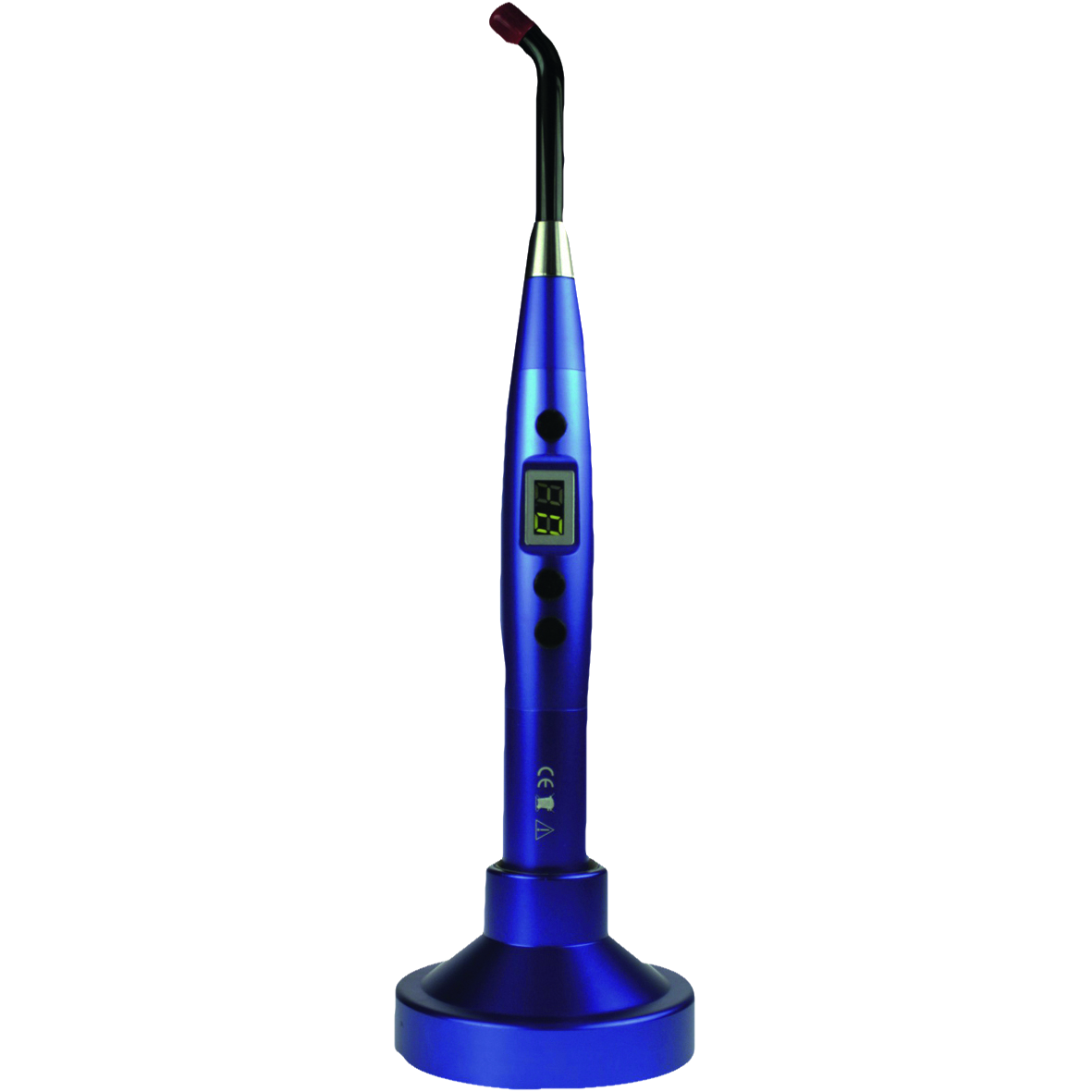
BA Optima 10 Cordless LED Curing Light Blue
Curing light output wavelength
Along with output power, output wavelength is the key consideration. It is essential that the wavelength of the curing light being used is compatible with the photoinitiator used in your restorative material. Even the slightest variation between composite and wavelength compatibly can affect polymerisation and restoration longevity.
Wavelengths are measured in nanometres (nm). LED curing lights tend to have a spectrum range of either 440nm - 490nm or a broader range of 390nm - 490nm. Most composites are activated by light emitted at around 468 nm. Other composites require initiation in the 429 nm range.
All light-cured materials have specific instructions which should be followed to ensure proper polymerisation.

BA Optima 10 Cordless LED Curing Light Blue
Programmes And Modes
Modern LED curing lights come with built-in programmes and curing cycles to increase or decrease output, and improve polymerisation efficiency. Common curing modes include full power, “ramp” and “pulse”. Low curing settings can help reduce shrinkage and be gentler to pulp tissue, while modes like “ramp” start off at a lower output and then slowly increase to a higher output. Most curing lights can be pre-set to a curing time of 5, 10, 15 or 20 seconds. This removes the need for manual timekeeping.
Curing light tip diameter
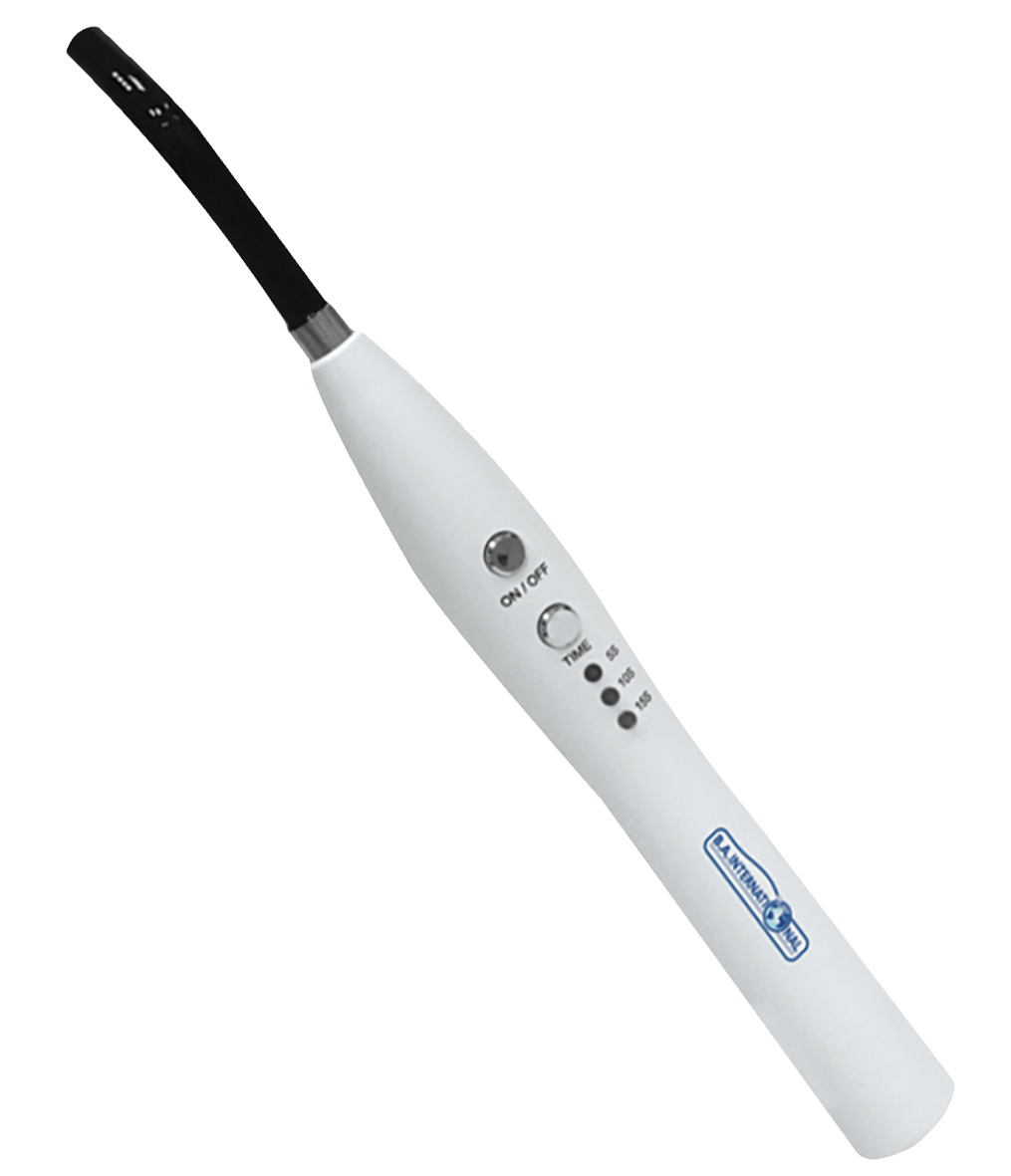
BA Optima Curing Light BASE200
Curing light tip diameter
The diameter of the tip can have a major influence on polymerisation. Tip diameter sizes are usually 4, 8 or 10mm.
8mm tips can meet the requirements of most restorations. 10mm tips that cover the entire restoration should be considered when placing sealants or resin composites on the occlusal surfaces of permanent molars.
Studies have shown that 4mm tips have a greater depth of cure compared to other diameters and can produce greater hardness.
Leaving even a small distance between the tip and the curing material will lessen the amount of light reaching the restoration, and may affect the quality of cure. Some dental curing lights have detachable tips that can autoclaved. Curing lights with non-removable tips can usually only be cleaned with disinfectant wipes.

BA Optima Curing Light BASE200
Other considerations
Ergonomics
How a curing light feels in the hand is important. The lighter the weight, the more comfortable the light should be to handle. Modern light cure units are usually cordless to provide easier access without the hinderance of wires.
Noise
Curing lights with a low noise output are preferred for patient comfortability. LED curing lights either do not require fans or are manufactured with integrated soundproof fans.
Eye shield
Protective eyewear or the use of a shield is essential when using a curing light. Failure to do so can cause long-term damage to the eyes. Many LED lights come with an orange-coloured shield that clips on to the light and filters the most intense blue light without hindering technique.
Cleaning
Curing light tips should be disinfected or sterilised to kill pathogens after each use.






